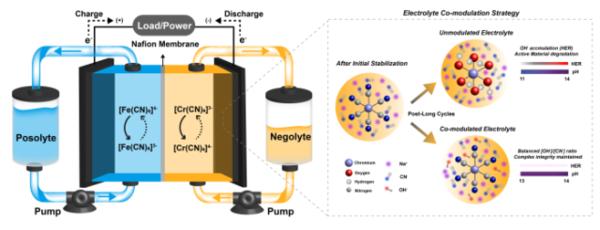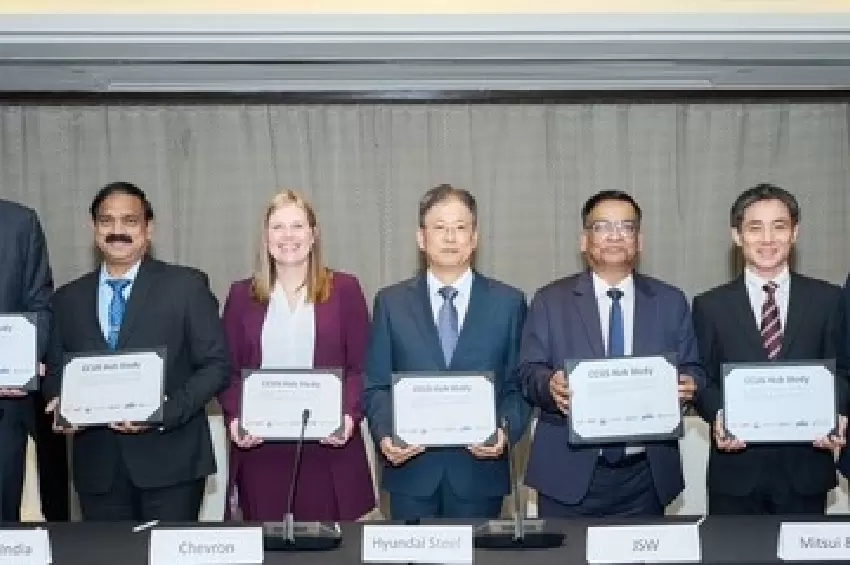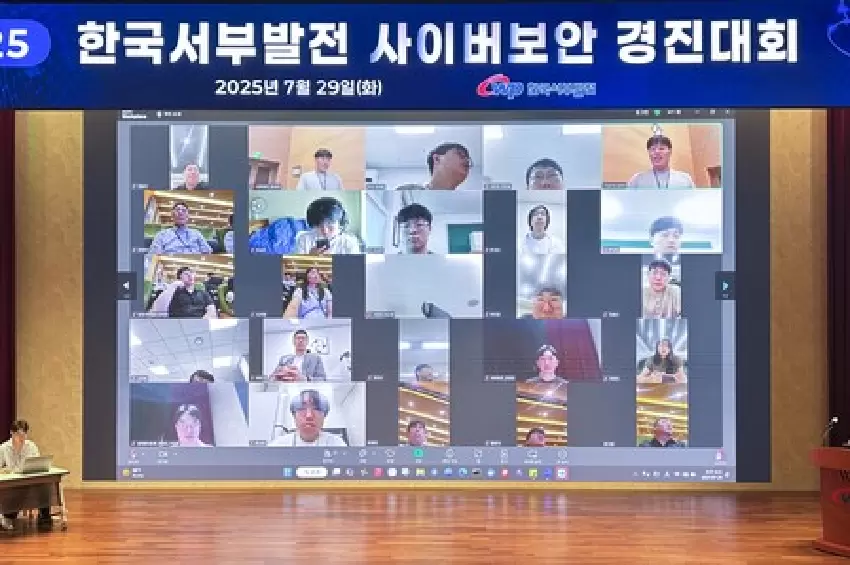Revolutionizing Energy Storage with Iron-Chromium Flow Batteries
A groundbreaking technology has been developed to significantly extend the lifespan of iron-chromium flow batteries, marking a pivotal advancement in large-capacity energy storage systems (ESS). This innovation paves the way for the safe storage and utilization of electricity generated from renewable energy sources like wind and solar power, which are known for their inconsistent power generation.

Collaborative Research Unveils the Secret to Durability
A collaborative research team, led by Prof. Lee Hyun-wook from UNIST, alongside Prof. Seo Dong-hwa from KAIST and Prof. Guihua Yu from the University of Texas, USA, has identified the root cause of performance degradation in these batteries. By meticulously adjusting the electrolyte composition, they've engineered a battery that maintains its capacity over numerous charge and discharge cycles.
The Science Behind the Innovation
Unlike traditional batteries, flow batteries utilize a 'liquid electrode'—electrode materials dissolved in water as an electrolyte. This design not only eliminates explosion risks by using water instead of volatile electrolytes but also allows for flexible storage capacity adjustments by varying the electrolyte volume in the tank.
The team's research pinpointed the replacement of cyanide ions by hydroxide ions around chromium ions as the culprit behind rapid capacity loss. Their solution? An optimized electrolyte mixing ratio that preserves the electrolyte's chemical structure, ensuring stable performance over 250 cycles.

Global Implications and Future Prospects
Prof. Lee highlighted the potential for high-output flow batteries using cost-effective iron-chromium electrolytes, a technology drawing significant interest from renewable energy-rich countries like China and European nations. This research, supported by various prestigious projects, was published in the renowned journal Angewandte Chemie International Edition.









Comments